Mastering Fittonia Care: Tips and Tricks for a Healthy Nerve Plant
Welcome to the world of fittonia care, where we delve into the captivating realm of this stunning houseplant, also known as the nerve plant. With its vibrant, mosaic-like foliage, the fittonia plant is a visual treat that adds a touch of tropical allure to any indoor space. In this guide, we'll explore the essential steps to nurturing a healthy fittonia plant, ensuring it thrives in your care.
Understanding Fittonia: The Nerve Plant
Fittonia, also known as the nerve plant or mosaic plant, is a popular houseplant with colorful leaves. Its native habitat is the tropical rainforests in South America, where it forms a compact mound of slowly spreading habit. The foliage of fittonia is unique and visually striking, resembling the central nervous system with different colored leaf blades and veins.
There are many cultivars and hybrids of fittonia available, with variations in leaf colors and vein patterns. Some popular varieties include 'Fittonia Mosaic Lemon' with its vibrant bright green leaves and bright yellow veins, 'Pink Forest Flame' that boasts of pink leaves with green vein pattern, and 'White Tiger' with its striking contrast of white leaves and dark green veins. Each of these varieties adds a unique aesthetic appeal to your indoor plant collection or a terrarium, making fittonia care an exciting and rewarding endeavor.
Ideal Conditions for Fittonia Growth
Fittonias prefer humid environments and warm temperatures due to their tropical origins. They can be grown in terrariums or bottle gardens to create the ideal humidity levels. If growing fittonias outside of a terrarium, it's important to provide adequate humidity by using wet pebble trays or room humidifiers. Fittonias thrive best in bright, indirect light and should be protected from intense direct sunlight. They require consistently moist soil but not saturated conditions. Watering when the soil gets dry is recommended.
The Art of Watering Your Fittonia
Watering is a crucial aspect of fittonia care. The key is to maintain a balance - the soil should be consistently moist, but not waterlogged. Yellowing leaves often indicate overwatering, while wilting leaves signal the need for watering. Room temperature water is preferable over cold water for watering.
When watering your fittonia, it's best to water thoroughly, then allow the top inch of the soil to dry out before watering again. This prevents the roots from sitting in water, which can lead to root rot, a common problem with overwatered plants.
If you're unsure whether to water, it's generally better to err on the side of underwatering. Fittonias are resilient and can bounce back from a bit of dryness, but they can't recover from root rot caused by overwatering.
It's also important to note that the watering needs of your fittonia can change depending on the season. During the warmer months, you may need to water more frequently, while in the cooler months, watering can be reduced.
Fittonia Soil and Potting Tips
Fittonia plants thrive in a well-draining soil mix that can retain moisture without becoming waterlogged. A good choice is soil will hold moisture but also allow excess water to drain away, preventing root rot.
When it comes to potting, ensure your pot has adequate drainage holes. Fittonia plants don't like to sit in water, and a pot with good drainage will help prevent overwatering. A plastic or ceramic pot is a good choice as these materials can help retain moisture.
Repotting your fittonia every couple of years can also be beneficial. This gives you a chance to refresh the soil and check the health of the roots. When repotting, you can also take the opportunity to propagate your fittonia by division, creating more plants to spread around your home or give away to friends.
Propagating Your Fittonia
Propagation of fittonias can be done through stem cuttings with at least 3 nodes. Cuttings can be placed in water or moist soil until roots develop. Transfer rooted cuttings to fresh soil in a pot after a few weeks.
Common Fittonia Problems and Solutions
Even with the best care, your fittonia may encounter a few problems. Here are some common issues and their solutions:
- Yellowing Leaves: This is often a sign of overwatering. Fittonia plants like their soil to be consistently moist, but not waterlogged. If you notice yellowing leaves, reduce your watering frequency and ensure your plant's pot has good drainage.
- Wilting or Drooping Leaves: On the other hand, wilting or drooping leaves can be a sign of underwatering or low humidity. Increase your watering frequency, and consider misting your plant or using a humidifier to increase humidity.
- Brown Leaf Tips: This can be caused by a lack of humidity or using hard tap water. Try using filtered or distilled water, and ensure your plant is in a high-humidity environment.
- Slow Growth or Small Leaves: If your fittonia isn't growing as quickly as you'd like or its leaves are smaller than usual, it might not be getting enough light. Move your plant to a brighter location, but avoid direct sunlight, which can scorch the leaves.
- Pests: Fittonia plants can sometimes attract pests like spider mites, mealybugs, and aphids. If you notice small bugs on your plant or sticky residue on its leaves or the surrounding area, you might have a pest problem. You can often treat this by wiping the leaves with a cloth dipped in a solution of soapy water and rinsing the leaves afterward. For more severe infestations, you might need to use a horticultural oil or insecticidal soap.
- Fungal Diseases: Fittonia plants can be susceptible to fungal diseases like botrytis and powdery mildew, particularly if they're overwatered or in a low-light location. Signs of a fungal disease include spots or a powdery substance on the leaves. If you suspect your plant has a fungal disease, remove the affected leaves, ensure your plant is getting enough light, and cut back on watering. In severe cases, you might need to use a fungicide.
Remember, the key to solving most plant problems is to catch them early. Regularly check your fittonia plant for signs of distress, and adjust your care routine as necessary. With a little attention and care, your fittonia can thrive.
Summary
Fittonia care doesn't have to be complicated. With the right knowledge and a little patience, you can enjoy the lush, vibrant beauty of a healthy nerve plant in your home. Remember, the key to thriving houseplants is understanding their needs and providing a nurturing environment.
*In a closed terrarium, Fittonia doesn't need to be watered regularly.


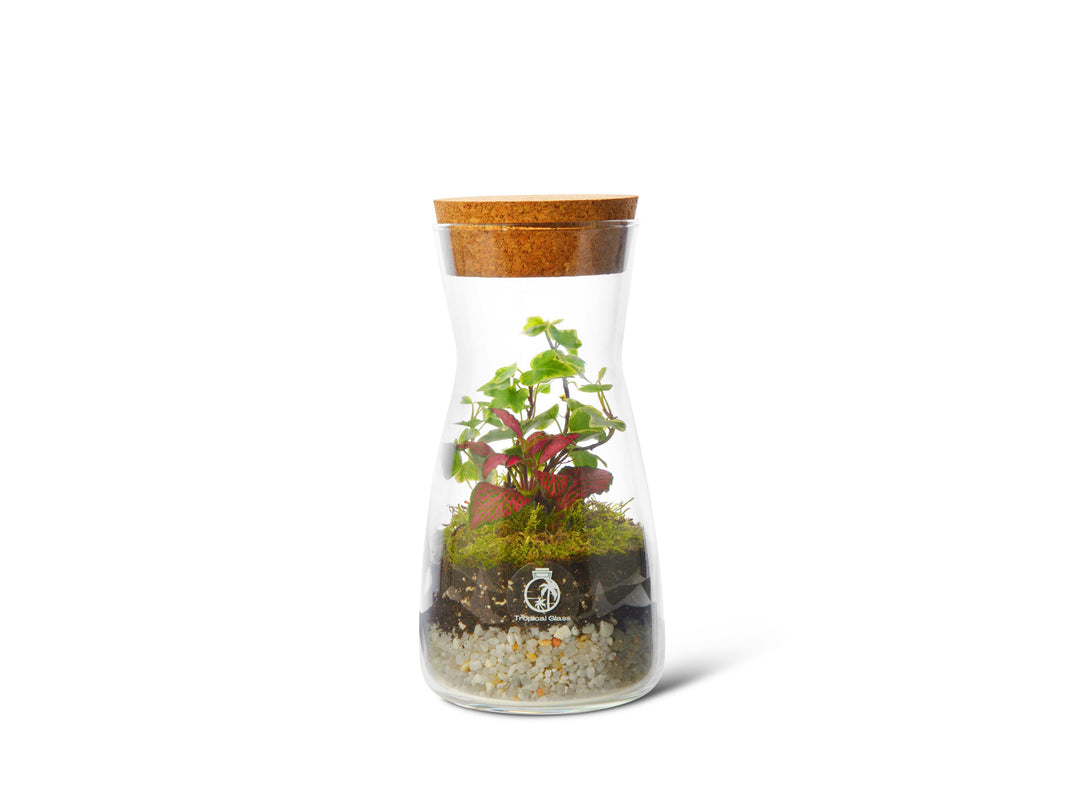
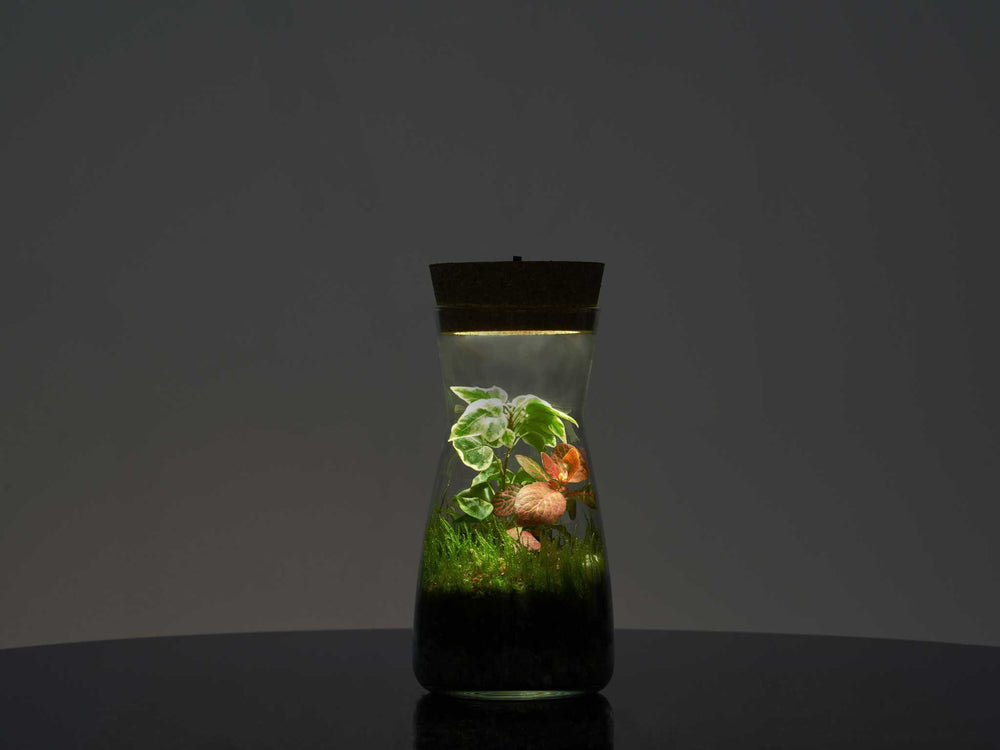
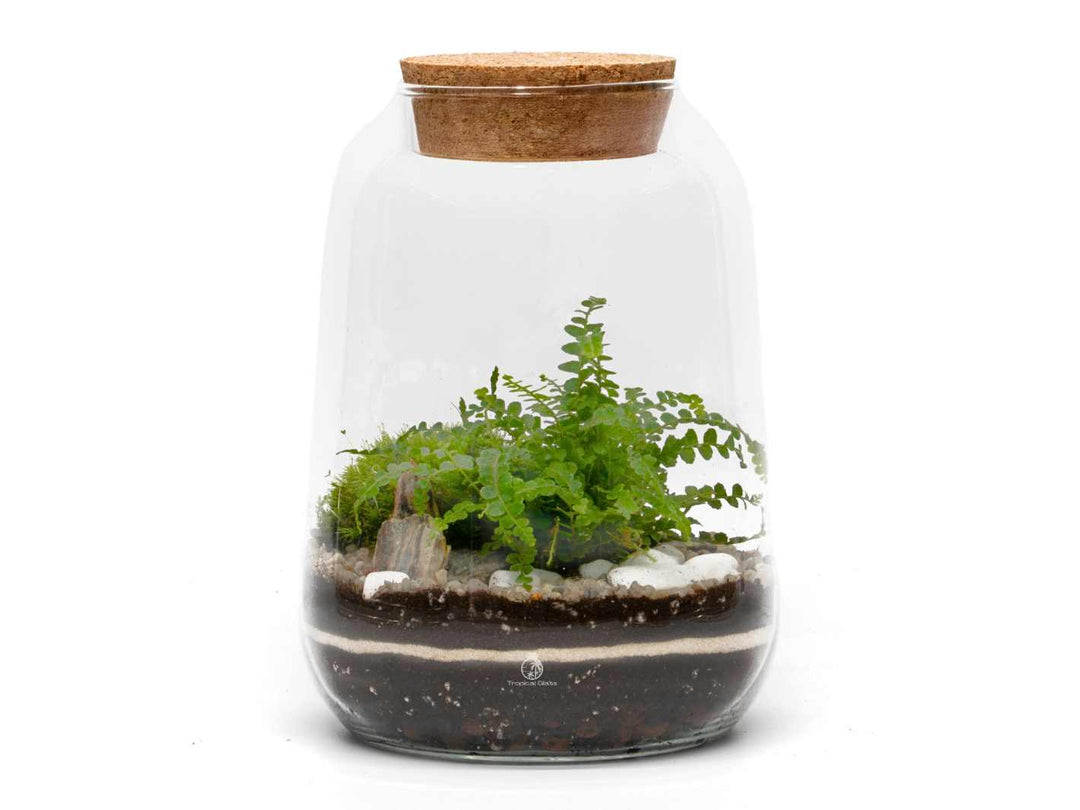
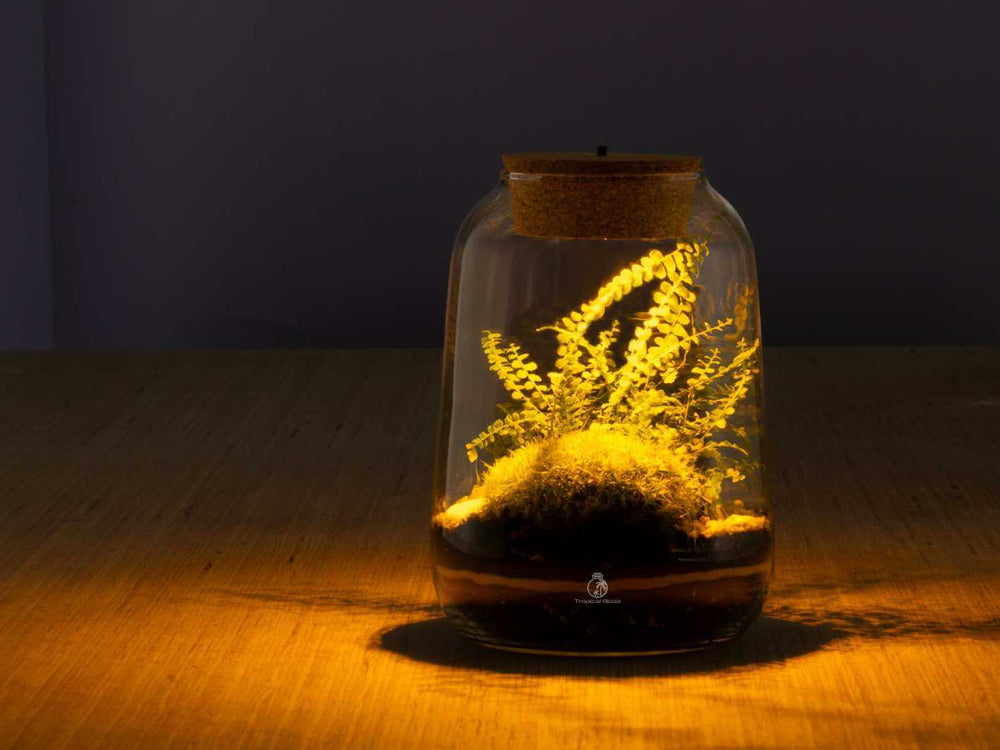
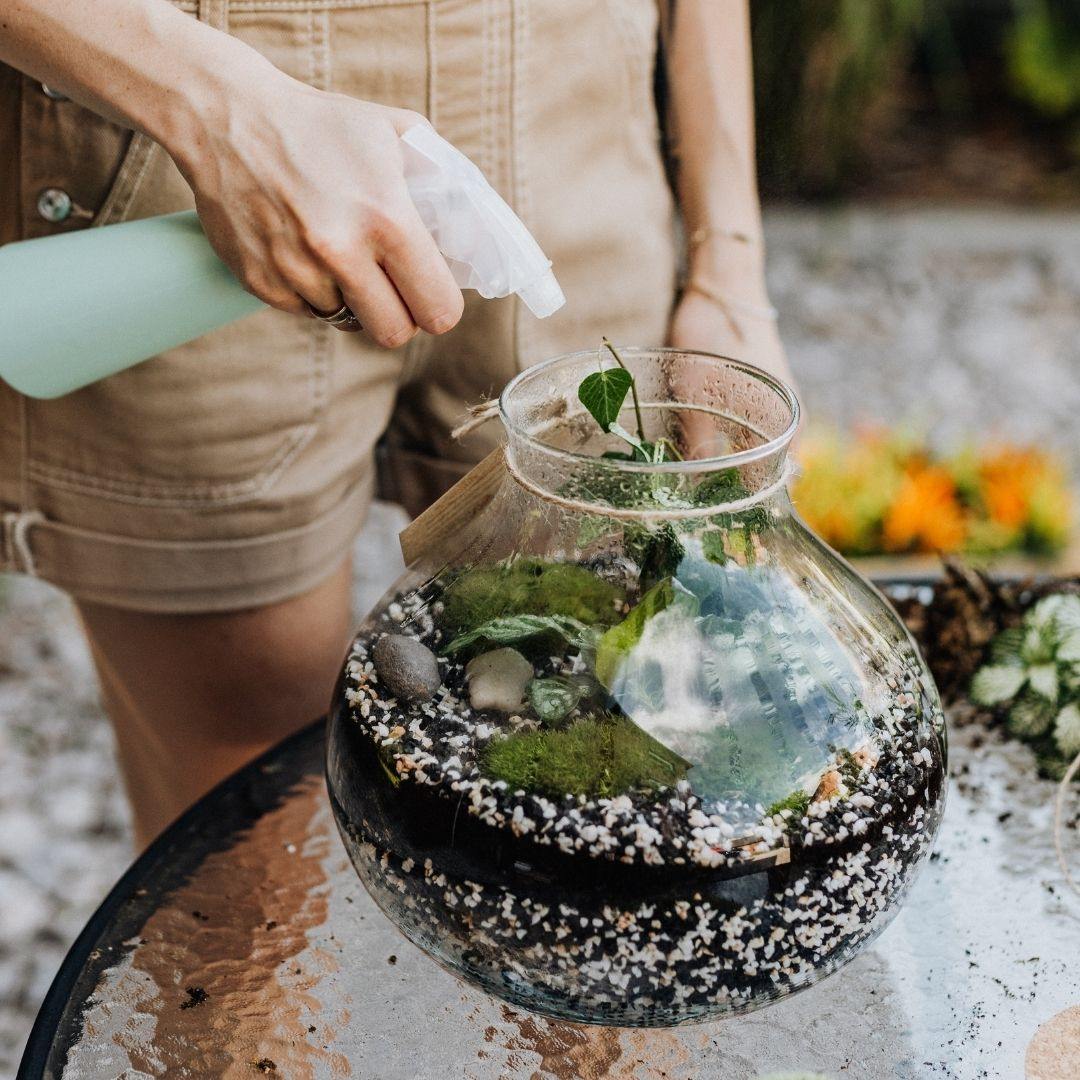
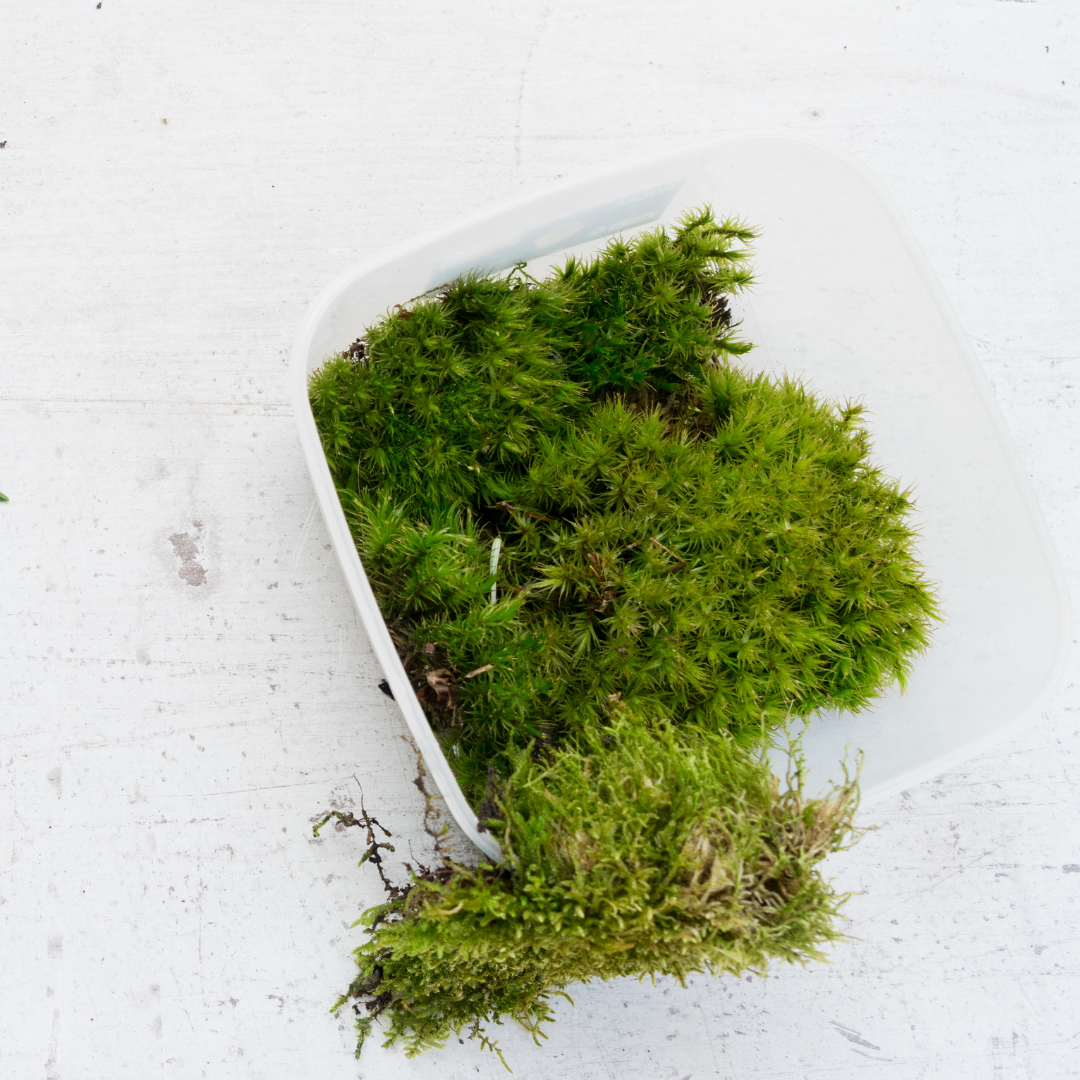
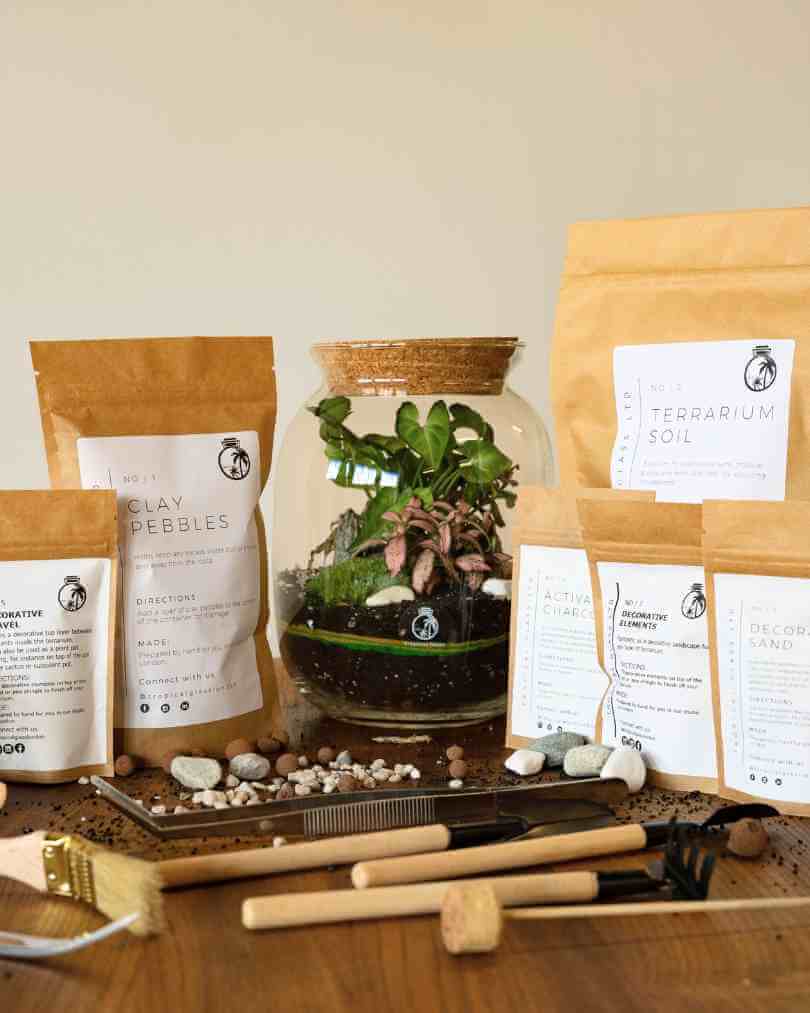
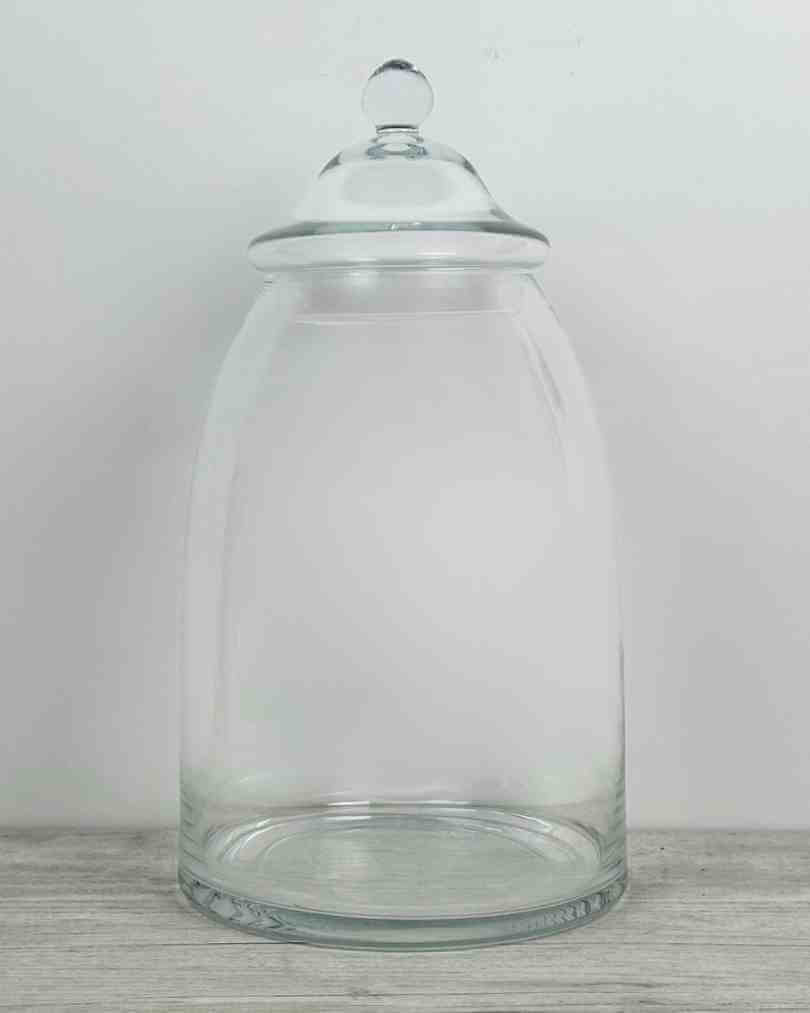
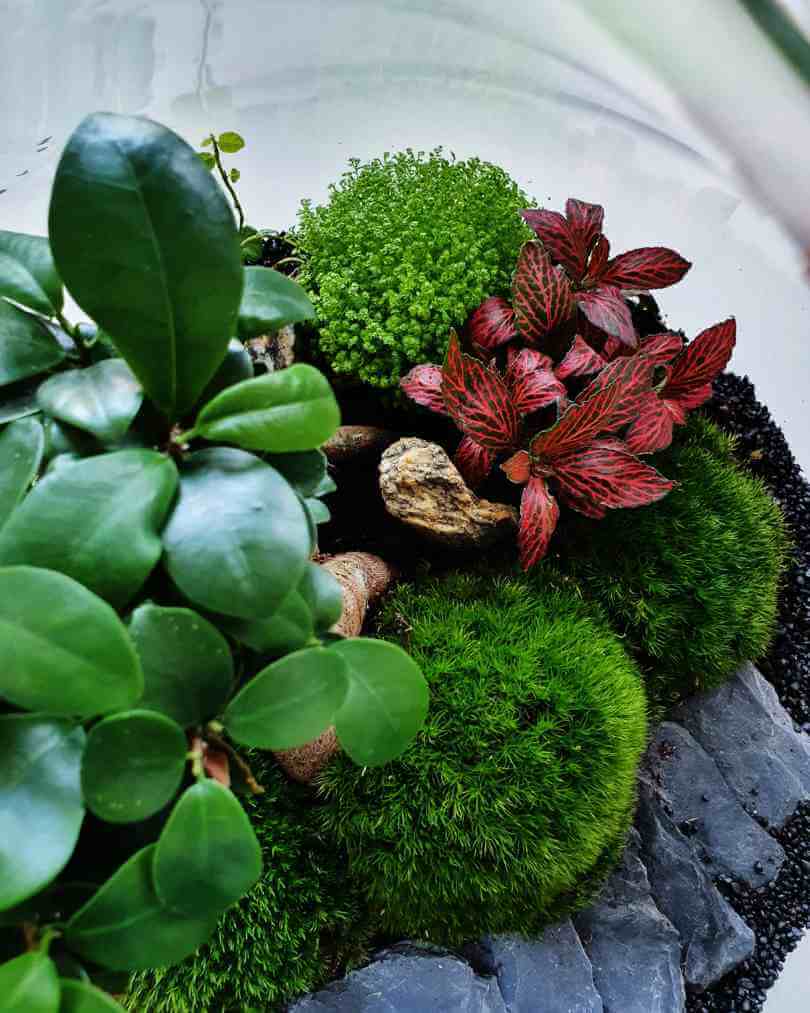
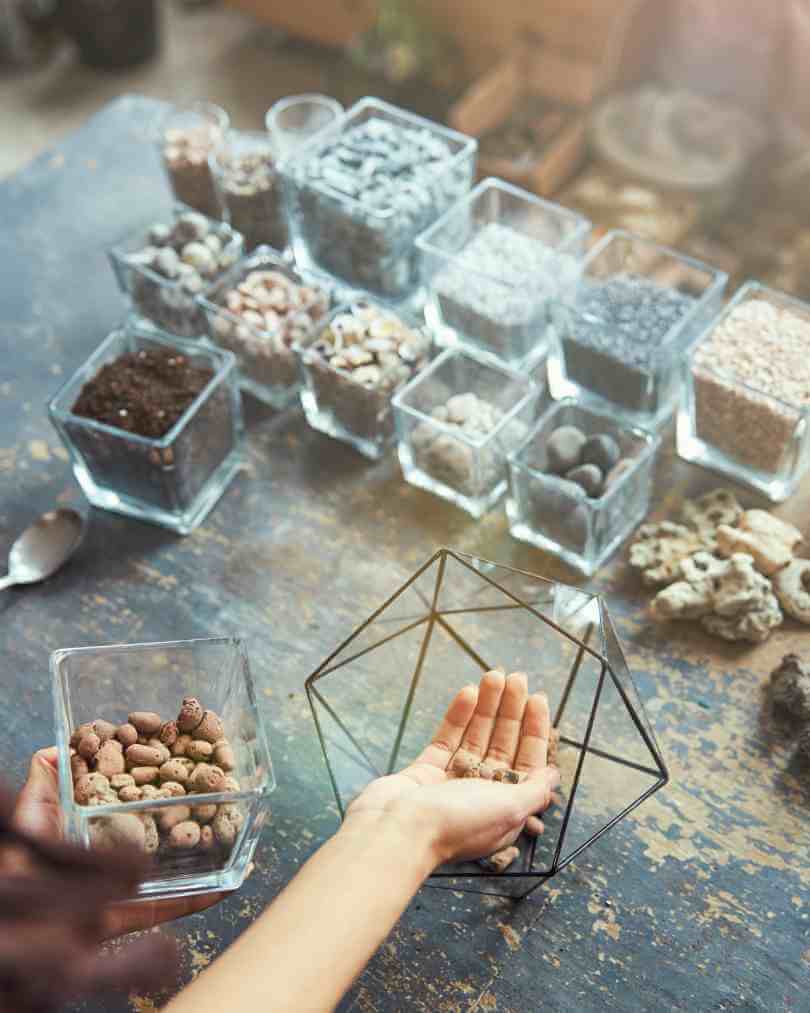
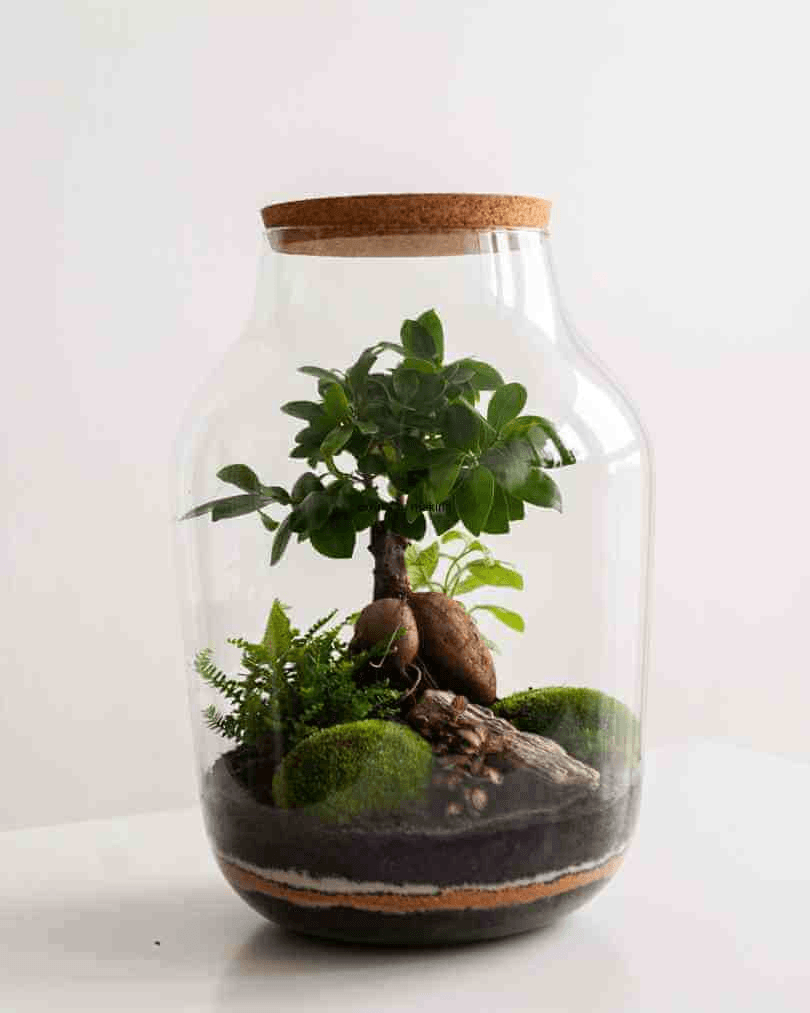
Leave a comment